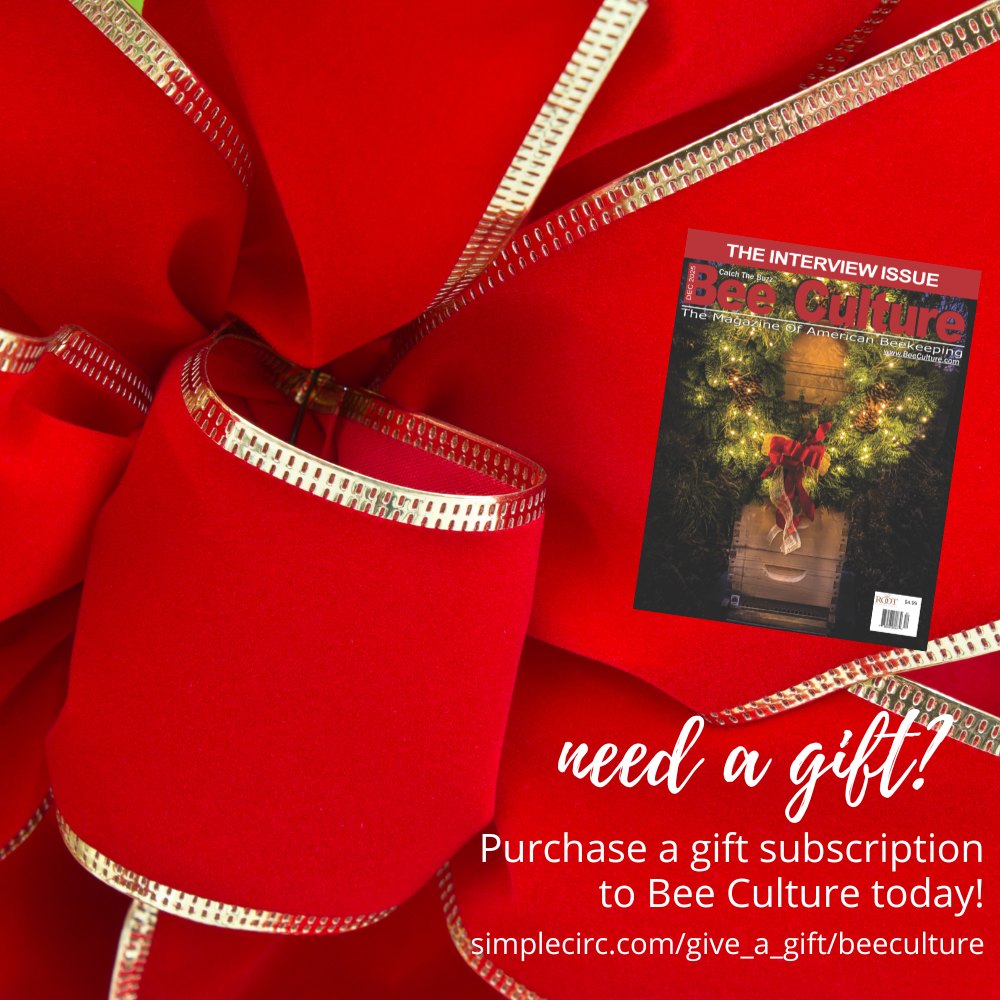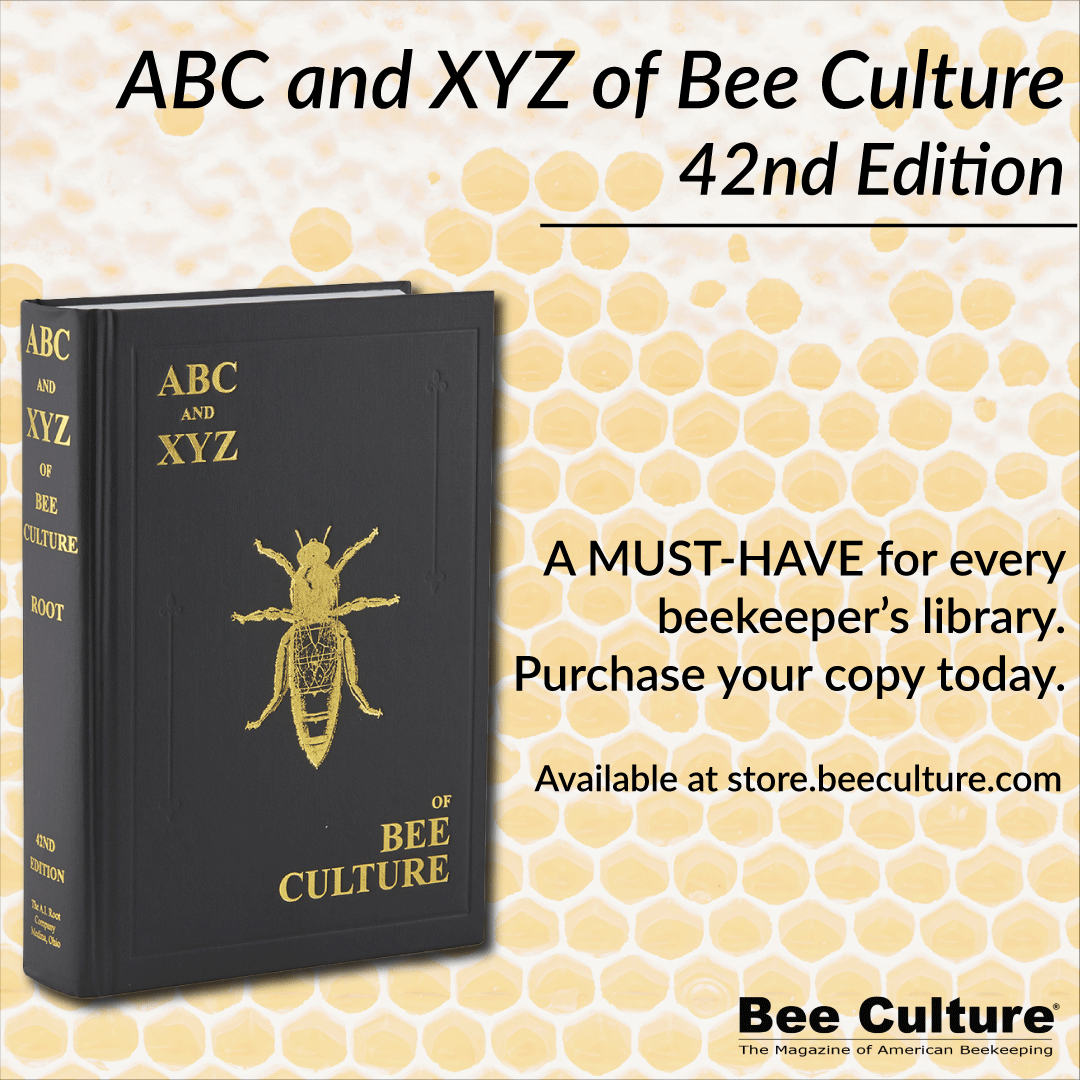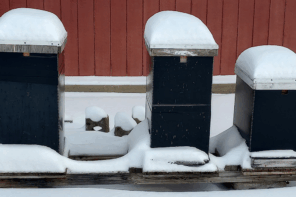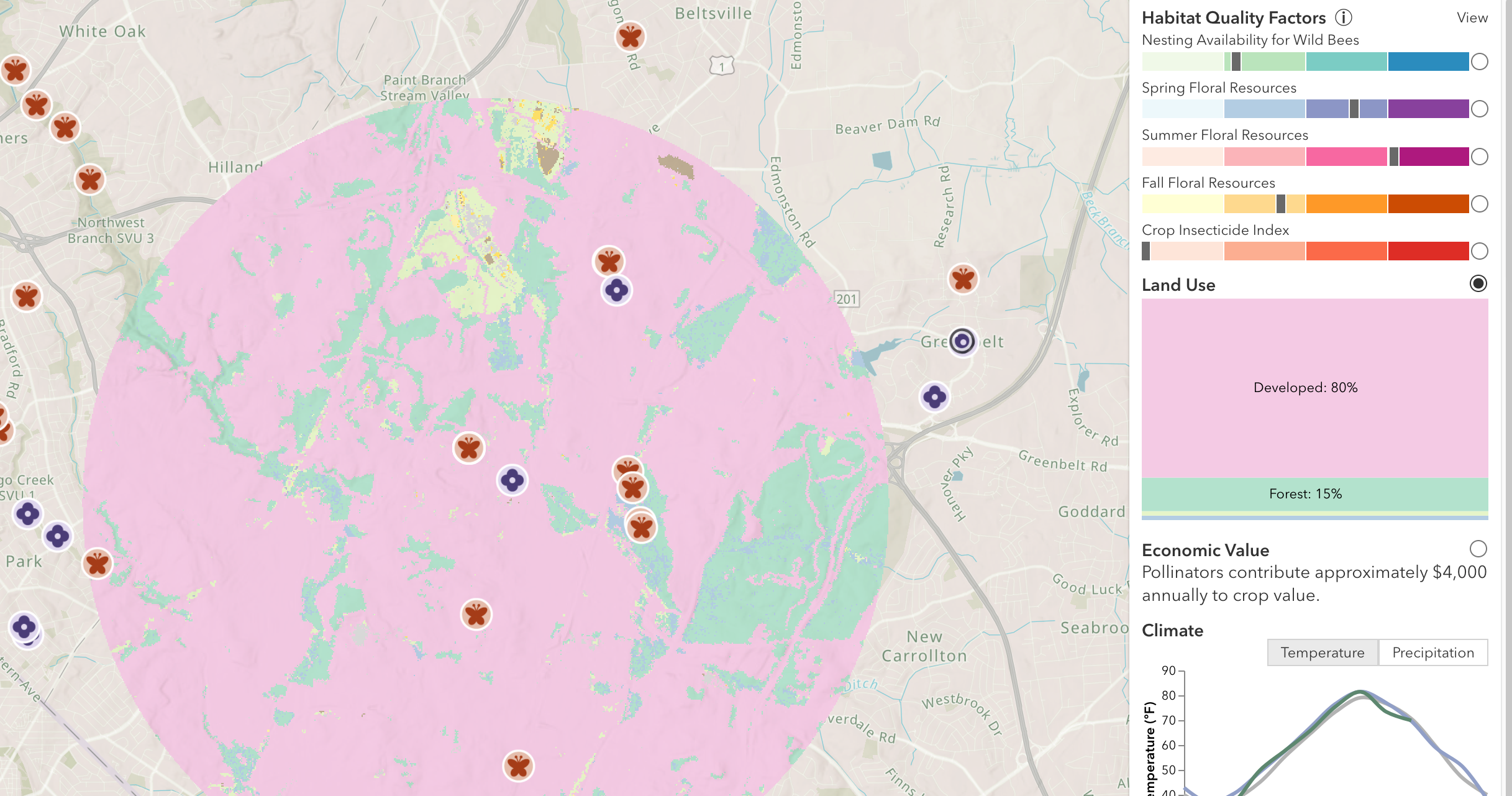By: Stephen Bishop
This article originally appeared in the Spring 2019 issue of BEEKeeping Your First Three Years
At the only stoplight in Polkville, North Carolina, a log truck creeps forward and begins to move through the gears. The payload is 16-foot peeler logs, destined for a mill in Old Fort. Once at the mill, the logs will eventually be loaded onto a large conveyor belt and cut into two smaller eight-foot logs. These small logs will be conveyed to a lathe that spins each log against an eight-foot blade, peeling off a continuous sheet of veneer. These sheets of veneer will be trimmed to 4-foot by 8-foot sections that will be lathered in glue, stacked, and pressed into plywood. The plywood will be shipped to home improvement stores throughout the country.
Years ago, as a forestry student, I had a chance to tour the mill in Old Fort that specializes in producing poplar plywood. Poplar plywood is high-dollar stuff, and that log truck in front of me will provide some landowner with a nice paycheck.
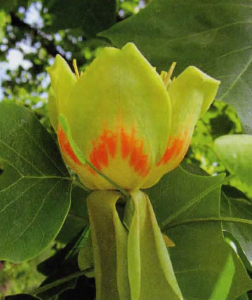 Now as a beekeeper, I value poplar differently than I did as a timber cruiser. Instead of calculating board feet, I sometimes look up into a towering poplar and try to guesstimate the number of blossoms and how those blossoms might affect my honey supers.
Now as a beekeeper, I value poplar differently than I did as a timber cruiser. Instead of calculating board feet, I sometimes look up into a towering poplar and try to guesstimate the number of blossoms and how those blossoms might affect my honey supers.
By poplar, I should specify here that I’m referring to Liriodendron tulipifera, which is a magnolia, not a poplar. But loggers thought the wood was lightweight like poplar, so they started calling it tulip poplar. The name stuck, and most people around here now truncate it to “popler.”
For beekeepers in the foothills of North Carolina, poplar is the main event. Some years, this event lives up to its billing. In other years, it’s KO’d in the first round by Mother Nature. Before you realize the trees even bloomed, orange-creme petals are melting away on the ground. In other years despite perfect weather and all indications that the flowers are producing plenty of nectar, the bees seem to prefer bounty froin other plants, say blackberry or black locust. But in a good poplar year, which climaxes with a good and utilized poplar bloom, bees can fill supers in a hurry – full of dark honey with a faint reddish tint and a tinge of earthiness, as if the distilled nectar that comprises that honey once originated deep from a headspring guarded by big poplar days roots.
In days gone by, when men searched for a headspring, usually to set up shop for another type of distilling, a big poplar or clump of big poplars guarded the spot. Historically, poplars grow best in moist areas, in the rich soils of bottoms and lower slopes along creeks and branches. Their territory has expanded up slope with our penchant for putting out forest fires. Unlike some hardwoods and oaks, tulip poplars have no fire-resistant adaptations, but can grow incredibly fast and outcompete species in drier areas that depend on fire for a competitive advantage. They are also prolific seed producers, which is good news for beekeepers.
Consider this: researchers determined that a 10-inch diameter tree in North Carolina produced 750 cones and 7,500 viable seeds. A 20-inch diameter tree produced 3,250 cones with 29,000 viable seeds. That is 750 and 3,250 blossoms respectively. So, back to the question: how much are those beautiful blossoms worth in terms of honey production?
Way back in 1933, USDA apiculturist G.E. Marvin was curious about this as well. He set up shop on the branch of a 15-inch poplar in North Carolina. On that branch, he wrapped 32 blossoms in cellophane and periodically swabbed the blossoms with cotton swabs. He then weighed the swabs and determined that the average poplar blossom produces 1. 641 7 grams of nectar. He also calculated that the total number of blossoms on that tree was 2,484. He multiplied these numbers together and rounded to 4.1 kg of nectar produced, or 9.02 pounds. This nectar had a water content of 83.3% and to thicken to honey it needs to be 20% or less. So, drum roll please, Mr. Marvin determined that a 15-inch poplar could produce enough nectar for 2.16 pounds of honey – the key word being could.
That 2.16 pounds doesn’t seem like a lot, but considering a mature mixed-hardwood forest might have many dozen big poplars per acre and bees can forage over 1500 acres in their range, the numbers add up and those orange poplar blossoms look like green dollar signs in the sky. The problem with calculating this hypothetical honey yield is that 2.16 pounds is based on the perfect scenario, or the cellophane scenario. Because poplar blooms relatively early in the progression of blooming plants, often hives are not in peak shape to gather all that nectar. And poplar nectar doesn’t last long. People have reported the phenomenon of raining nectar during a breeze under poplars. That falling nectar will never darken a honey jar. On hot days, ungathered nectar literally dissipates into the sky.
So how much is a poplar worth? That’s a good question. I’ll still ponder it when I see a log truck full of poplar logs or when I gaze into a canopy of blooms. If I had to answer, I’d probably say a one-pound jar of honey in the hand is worth more than 2.16 pounds of honey in the heavens.



